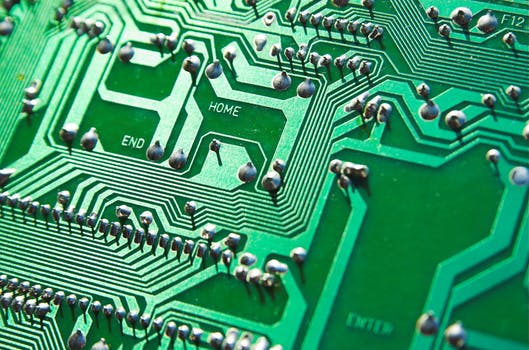TheDeveloperBlog.com
C-Sharp | Java | Python | Swift | GO | WPF | Ruby | Scala | F# | JavaScript | SQL | PHP | Angular | HTML
Blockchain Vs Database
Blockchain Vs Database with Tutorial, Introduction, History of Blockchain, Bitcoin, Blockchain Version, Role of Bitcoin Miners, Blockchain Hash Functions, Blockchain Block Hashing, Block Hashes, etc.
Difference between Blockchain and DatabaseBlockchain
A blockchain is a database or a ledger that stores information in a data structure called blocks. It is based on distributed ledger technology which can be used between parties that don't trust each other with data. It is because when you add anything onto the blockchain, it requires verification from all other users available on the network. Blockchain keeps information permanently in uniformly sized blocks, where each block stores the hashed information from the previous block to provide cryptographic security. The blockchain hashing uses SHA256 hashing algorithm, which is a one-way hash function. The hashed information is the data and a digital signature from the previous block. The hashes of previous blocks that go back to the very first block produced in the blockchain are known as the genesis block. A blockchain data structure is in the form of a Merkle Tree, which is used as an efficient way to verify data. Advantage of Blockchain Blockchain technology has become popular because of the following.
Databases
A database is a kind of central ledger where the administrator manages everything. Here the administrator gives rights to read, write, update, or delete operation. Since it is centralized in nature, their maintenance is easy, and output is high. But it also has a drawback which, when corrupted, can compromise the entire data and can even change the ownership of digital records. A database uses a client-server network architecture. Here database administrator has rights to make changes in any part of the data and its structure. 
Advantage of Database The database has become popular because of the following.
Blockchain vs Database
We can see the difference between blockchain and database in the below table. 
Next TopicBitcoin Mitigating Attacks
|
Related Links:
- Blockchain Vs Database
- Blockchain Tutorial
- Blockchain Version
- Blockchain Hash Functions
- Blockchain Block Hashing
- Blockchain Distributed Ledger
- Blockchain Proof of Work
- Blockchain Key Areas
- Blockchain Cryptocurrency
- Blockchain DAO
- Blockchain Double Spending
- Blockchain Bitcoin Cash
- Top 32 Blockchain Interview Questions (2021)
- Blockchain Merkle Tree


